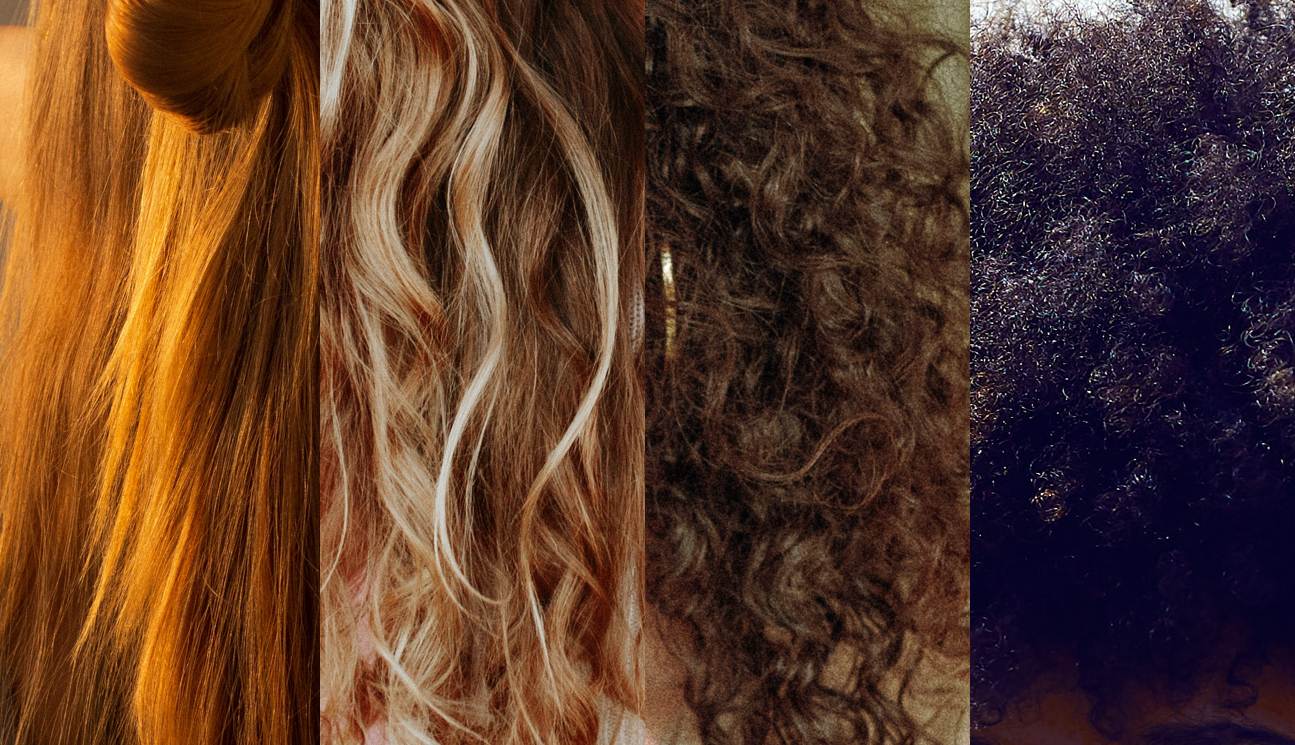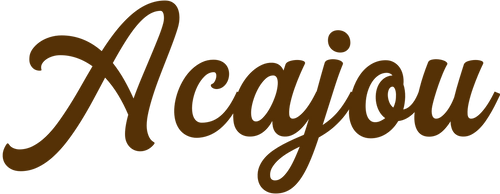How To Know Your Hair Type

There are shampoos and conditioners for every hair type which makes picking out the right products pretty easy, unless of course you don’t know how to know your hair type. You may know that you hair is curly, but is it medium or thick? Or maybe you can’t decide if your hair is wavy or straight?
Knowing your hair type is crucial to figuring out the best haircare routine for you. Your hair type can help you decide which shampoo and conditioner to use based on whether you need moisture or less, or a deeper or gentler clean. It can help you figure out how often you should be washing your hair, and which hair brushes are best to keep your hair free of frizz.
If you aren’t 100% of your hair type, we’re going to go in depth to help you figure out your hair type once and for all.
How To Know Your Hair Type
The four types of hair are straight, wavy, curly, and coily. Figuring out which of these best describes your hair is fairly easy. The next time you wash your hair, let it air dry.
Hair that dries with no bend is straight. Hair that dries with at least a slight bend is considered wavy. If you hair has a round curl, your hair is curly. Oily hair will shrink as it goes from wet to dry and the hair will form very dense and small curls that can be round or more wiry with a zig-zag pattern.
How To Know Hair Texture
Hair texture can be fine, medium, or thick. Sometimes people confuse their hair texture with how thick or thin their hair appears overall, but it’s actually about how thick or thin an individual strand is. Someone with a full-looking head of hair may seem to have thick hair, when in reality they simply have a lot of hair. The best way to understand your hair texture is to do the strand test.
The Strand Test
Take a strand of hair between your fingertips. If you don’t feel it all, your hair is thin. If the hair is thick you will feel a coarse strand that you can easily turn over between your fingertips. A medium strand will be felt between your fingertips but won’t be so thick and noticeably coarse.

Characteristics of the Different Hair Textures
Fine Hair
Fine hair is less able to hold a hairstyle than the other hair textures and tends to have less volume. This is because people with fine hair actually tend to have more hairs on their head than medium and thick hair textures, which means more oil glands, and therefore more oil.
- CON: doesn’t hold hairstyles well
- CON: prone to oiliness
- CON: less volume
- PRO: naturally smooth and silky
- PRO: quick to wash, dry and style
Medium Hair
Medium hair tends to hold some of the best of both worlds as far as haircare is concerned as it is the least likely hair texture to become damaged and it tends to hold a hairstyle well.
- PRO: lease prone to damage
- CON: more likely to deal with frizz
- PRO: holds styles easily
Thick Hair
Thick or coarse hair is the most likely to suffer from damage as its the most fragile of all the hair textures.
PRO: can go 6-7 days without washing due to lack of excess sebaceous oil
CON: dryness of the scalp and hair
CON: less manageable
PRO: can handle more heat
CON: takes the longest time to dry
Hair Type Chart
The hair type chart breaks down the 4 types of hair into 3 different types for each in order of intensity.

Type 1 Hair: Straight
Type 1A: This is the straightest hair type. It has no bend or curl whatsoever and is typically very thin. It’s the rarest of the 12 hair types and is normally found in people of Asian descent.
Type 1B: These hair types have some bend to the hair. This hair type has slightly more texture than 1A hair.
Type 1C: Type 1C is not quite wavy, but looks tousled and tends to have thicker strands than 1A and 1B hair types.
Type 2 Hair: Wavy
Type 2A: The Type 2A hair type has the loosest waves of all the Type 2s. 2A has slight wave and body.
Type 2B: A 2B head of hair has more of a typical wave pattern with S-bend waves but the roots of the hair are still straight. This hair type tends to struggle with frizz.
Type 2C: Type 2C hair has waves starting at the roots and continuing all the way down to the ends of the hair. The waves are still defined in a S-bend shape as opposed to a round curl.

Type 3 Hair: Curly
Type 3A: 3A hair has well-defined, large curls with a fine or medium texture.
Type 3B: Type 3B curls are small and springy with lots of bounce and volume. 3B hair will medium to thick in texture.
Type 3C: 3C curls are small in circumference, often smaller than the width of your finger. 3C curls are small like 4C coils, but they aren’t as dry or as springy as 4C.
Type 4 Hair: Coily
Type 4A: Type 4A coils are springy and voluminous. It experiences the least shrinkage when drying of the coils hair types,
Type 4B: 4B coils tend to have a tight zigzag pattern that are less defined than 4A coils.
Type 4C: Type 4C hair is very densely coiled with a curl pattern that is difficult to distinguish. It experiences the most shrinkage when dry.
How to Know Your Hair Type Conclusion
Knowing your hair type is a key step to learning how to properly take care of your hair. Your hair type can tell you what it needs and what you should avoid to keep your hair healthy. It can also determine how to choose the best haircuts and styles for your hair. Working with your hair type instead of against will give you the best results.



